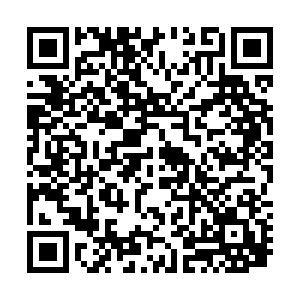|
陈学武.可持续发展的城市交通系统模式研究[D].南京:东南大学,2002.[2] WALLACE B.TDM policy implications of the characteristics of commute and non-commute trip chains[EB/CD].The 80th Annual Meeting of the Transportation Research Board,Washington,D.C.:[s.n.],2001:1-10.[3] BOWMAN J L,BEN-AKIVA M.Activity-based disaggregate travel demand model system with activity schedules[J].Transportation Research,Part A,2000,35(1):1-28.[4] KITAMURA R,CHEN C,Micro-simulation of daily activity-travel patterns for travel demand forecasting[J].Transportation,2000,27(2):25-51.[5] BHAT C R.A comprehensive and operational analysis framework for generating the daily activity-travel pattern of workers[EB/CD].The 79th Annual Meeting of the Transportation Research Board,Washington,D.C.:[s.n.],2000:1-34.[6] KASTURIRANGAN K,PENDYALA R M,A comparation of commuter activity scheduling and sequencing behavior across geographical contexts[EB/CD].The 80th Annual Meeting of the Transportation Research Board,Washington,D.C.:[s.n.],2001:1-28.[7] 褚浩然,郑猛,杨晓光,等.出行链特征指标的提出及应用研究[J].城市交通,2006,4(2):64-67.CHU Haoran,ZHENG Meng,YANG Xiaoguang,et al.A study on trip-chain indices and their application[J].Urban Transport of China.2006,4(2):64-67.[8] 李志瑶,隽志才,宗芳.居民出行时间选择及拥挤收费政策[J].交通运输工程学报,2005,5(3):105-110.LI Zhiyao,JUAN Zhicai,ZONG Fang.Resident travel time choice and congestion pricing policy[J].Journal of Traffic and Transportation Engineering,2005,5(3):105-110.[9] 高歌,张明芝.多分类有序反应变量Logistic回归及其应用[J].同济大学学报,2003,31(10):1237-1241.GAO Ge,ZHANG Mingzhi.Polytomous logistic regression for ordinal response and it's appliance[J].Journal of Tongji University.2003,31(10):1237-1241[10] 王济川,郭志刚.Logistic回归模型——方法与应用[M].北京:高等教育出版社,2001:1-145.[11] 关宏志.非集计模型——交通行为分析的工具[M].北京:人民交通出版社,2004:26-60.[12] 张文彤.SPSS11统计分析教程[M].北京:北京希望电子出版社,2002:91-121.
|

 点击查看大图
点击查看大图




 下载:
下载: